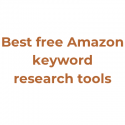Deal with inventory management is always one of the most important tasks in ecommerce, especially if you also sell on different marketplaces. Especially IF you sell on Amazon it is directly a critical aspect because of all the implications it has.
Table of Contents
Stock-outs are a real problem from the moment we are not able to meet orders that will most likely end up in the competitor's listings. And, of course, you must consider the negative implications of running out of stock on your performance metrics suc as:
- Days out of stock (this will KILL your rankings)
- Pre-Fulfillment Cancel Rate
- and so on
However, overstocking also means additional costs in terms of logistics, products to be discontinued or even perishable products that end up becoming disposable after spending months in our own warehouse or paying fees to Amazon FBA.
In this comparison you will find the best inventory management tools for Amazon so that none of this happens to you and, therefore, you have the peace of mind that you are providing a service at the level that your customers demand (and that Amazon demands).
There are quite a few options on the market with their advantages and disadvantages and many of you have asked us which one you should choose. That's why we've decided to write a complete comparison and, in this way, answer all those potentially interested.
In carrying out the study of the best Amazon inventory management tools you are about to read we have used 4 basic criteria:
- price
- learning curve
- features quantity (and quality)
- how user-friendly it is or is not
We have been as objective as possible and based on our experience using all the tools reviewed. You may miss some of them, but that doesn't mean that we think they are bad, we simply find more recommendable those that we know and have applied in real projects.
Forecastly
This tool fulfills exactly its purpose: it simplifies the day-to-day task at the same time that it is able to anticipate, based on data, the demand we are going to receive. In fact, this is its main feature and the one in which it stands out the most.
Features:
- Advanced Replenishment Stats
- Industry-Leading Demand Forecasting
- Inbound Shipment Tool
- Insightful Account Dashboard
It works really well, so much so that a few years ago – since 2018 to be exact – Forecastly was acquired by one of the leading all in one suites when it comes to tools for Amazon: Jungle Scout.
It is important to emphasize as a really differential advantage, that we can connect Forecastly with our eCommerce to comprehensively manage sales in both channels simultaneously.
The don'ts? It only works for Amazon USA, Canada, UK and Mexico. So you can't use it in Europe or Asia. Plus, it's a little bit more expensive than some of it's competitors.
Forecastly can also be accessed on the “inventory management” feature inside Jungle Scout.
Review
- Pricing (5)
- Learning curve (4)
- Number of features (5)
- User friendly (5)
PROS
- Advanced inventory management
- Tailored to Amazon sellers
- 14-day free trial
- Cost-effective solution
CONS
- Starting price $80/month
- Limited to Amazon-focused use
- Risk of over/understocking
- No mention of non-Amazon integration
Finale Inventory
Finale Inventory is an Amazon inventory management software for barcoding, serial numbers, warehouse management, inventory control, order picking and stock management accross different warehouses.
If you are a small or mid Seller, this is one of the tools you may wanna consider. Its pricing starts from $99 per month.
Review
- Pricing (4.5)
- Learning curve (4)
- Number of features (4)
- User friendly (4)
PROS
- Cloud-based inventory management
- Multi-warehouse support
- Comprehensive barcode system
- Integration with QuickBooks and Excel
CONS
- Basic plan limits (1,000 orders/month)
- Limited integrations in basic plan
- Monthly fee starting at $99
- Potentially complex for small businesses
Ordoro
Ordoro is the second in our top list of inventory and management tools. We can certainly say that it is a very complete solution.
It may not be as powerful in estimates as Forecastly, but in return its level of integration with the different carriers is 10.
It allows you to automate to a large extent the part of the process that involves shipping and tracking.
As we just said, “integration” is the key word at Ordoro. We see this both in the shipping companies and in the different CMS and Marketplaces.
The don'ts: by far, the most expensive tool on this vertical. So, if you're looking for every feature included on the software, it may cost you around $1000 a month.
Tradegecko
It has a very complete dashboard that automatically records every sale and every purchase, so we do not run the risk of having outdated data at any time.
Tradegecko is an advanced tool that works really well for all those sellers who market their products in FBA. It manages the different warehouses where we have our merchandise and even allows us to manage the shipment of stocks to them when necessary.
The don'ts: pretty expensive in relation to the number of orders you can process monthly. $199 for 1000 orders a month it's just too much. But I guess, since it was acquired by Quickbooks, pricing tiers rose up.
Review
- Number of features (5)
- Pricing (5)
- Learning curve (5)
- User friendly (5)
PROS
- Automated inventory management
- Multi-channel and multi-currency support
- Intelligent insights and reports
- FBA integration for fulfillment
CONS
- Delayed technical support response
- Potential complexity for new users
- Limited customization in lower tiers
- Requires adaptation to software updates
Sellbrite
Go Daddy's inventory tool (how weird is that!)
If you know Sellbrite you won't be surprised to see it on this list of the best inventory management tools. As a good all in one software for Amazon it covers a wide spectrum of features and aspects within selling on this marketplace. To put it another way: Sellbrite is not only for inventory management.
This will be discussed in future posts, but let's focus on this last functionality. Sellbrite is able to perform a multi-warehouse management, automatic and in real time. For this it connects directly with Amazon and this allows us to have a perfectly updated inventory 24 hours a day and 7 days a week.
The don'ts: man, I don't trust GoDaddy for the domains, so I won't trust them with my inventory xD Besides that, it has only plans for 2,000 orders a month, which may not work for every seller.
Review
Sellbrite
- Number of features (5)
- Pricing (5)
- Learning curve (5)
- User friendly (5)
PROS
- Simplifies multi-channel selling
- Real-time inventory management
- Integrated shipping features
- Intuitive listing management
CONS
- Additional costs for new features
- No bulk printing of labels/invoices
- No integration with accounting software
- Monthly pricing can be expensive
Veeqo
We close our top 5 with Veeqo, a tool that we have not yet reviewed (although we will do so soon).
Let's just say that it divides its services into three major logistics areas:
- inventory
- shipping
- and warehouses
All three are important, but we will focus on the first as the subject of this analysis.
Like some of the other options mentioned, Veeqo allows you to connect multiple channels, so that all your warehouses will be monitored from a single platform. You can combine the warehouses that you manage and those that Amazon FBA works with. The information will always be consolidated to avoid problems.
It implements stock forecasts, purchase management, barcode scanning software (including Amazon barcodes), creation of automatic tasks based on flows… it is a great tool.
Zentail
Zentail is an Amazon Inventory Management tool that you can also use for multichannel fulfillment to cross-list your products on Walmart, Target+, eBay, Shopify and BigCommerce.
Pricing is based on your off-Amazon Gross Merchandise Value (GMV), with an example rate of $375 per month for a 500,000 annual GMV on Amazon.
Review
- Number of features (5)
- Pricing (2)
- Learning curve (4)
- User friendly (4)
PROS
- Cross-listing on multiple channels
- One dashboard for all channels
- Automated listing management
- Comprehensive analytics
CONS
- Basic pricing strategies
- Manual order management
- Higher cost compared to alternatives
- No automated demo available
Which one is better?
Actually, as you can see, they play in very different leagues. If you are a seller with a “serious” sales volume, I would stay away from Ordoro, Tradegecko and Sellbrite, as their target is small sellers and companies.
On the other hand, between Forecastly and Veeqo, I would stick to the first one. Why? pricing and scalability. Let's say that you are dealing with +10,000 orders a month. You'd be facing $374 using Veeqo vs $240 on Forecastly.
BUT if you need warehouse management (picking, warehouse transfer, barcode scanner, optimizing picking routes…) + multi user management and different user roles, you will just find them on Veeqo.
What is the Best Amazon Inventory Management tool?
Well, if you take a look at the features, the pricing and the integrations (super important when you need to manage different inventory channels), Finale Inventory is the best one. Integrations are massive, more than 50 different:
|
|
|
|
|
|
|
|
|
|
|
|
|
|
|
|
|
And what about the features? Well, they're massive too:
- Inventory Management: Warehouse Management, Multi Warehouse, Lot ID Tracking, Return Management, Serial Number Tracking, Stock Auditing, Stock Take
- Procurement: Order Management, Purchasing and Replenishment, Reorder Points, Bill of Lading
- Mobile Barcode Scanner: Receiving Shipments, Order Picking, Basic Picking (Single Order), Wave Picking (Batch Method), Pick and Pack (Batch Method), Stock Takes / Cycle Counting, Stock Transfer
- Label Printing: QR Code Label Printing, UPC / EAN / Code128 Label Printing
- eCommerce Tools: eCommerce Inventory Management, Kitting & Bundles for eCommerce
- Financials: QuickBooks Accounting Integration, Inventory Accounting, Product Landed Costs
Need more? Nope, I don't think you do.
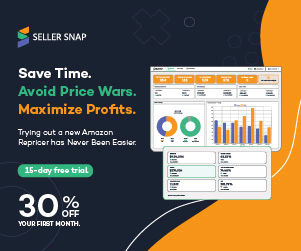
Advantages and disadvantages of these inventory tools
First of all, you should consider whether you need a specific solution like Forecastly or Veeqo or, in fact, you want something that solves more than just stock management.
The main difference is usually that the more features, the more difficult it is to learn how to use it efficiently. It is also very likely that you are paying for options that you will never or almost never use.
What we would also recommend is that the tool you choose should be as automatic as possible. When you get the machines to free up staff we will be gaining efficiency, productivity, freeing up resources and ultimately improving our service level and ROI.
Final thoughts
Here's what I would do:
- grab a pen and paper
- write down the needs /goals you have
- choose what software you need
Then, see what it costs and don't try to stick to the cheapest one because the costs of having problems with inventory management will be much higher than paying and extra $30 or $300 more a month, trust me. And, in case you have second thoughts: FINALE INVENTORY is KING.
More posts
About the author
Jordi Ordonez
I work as an independent eCommerce and Amazon consultant.
Clients
Estrella Damm, Intersport, Bella Aurora, Lladró, Textura Interiors, Nice Things Palomas, Castañer, Due-Home and many other clients.
Lecturer & Teacher
I teach and have been a speaker at: Meet Magento, Prestashop, Prestashop Day, SEMRush, Cambra de Comerç Barcelona, ClinicSEO, Ecommbeers, Ecommbrunch, Ecommercetour.com, Ecommfest, EOI, ESIC-ICEMD, Foxize, Generalitat de Catalunya, Inesdi, Quondos and The Valley. In addition, I have done in-company trainings for brands such as Orange and Adidas.
Writer
I collaborate writing articles for Helium 10 blog, Shopify, SEMRush, La Vanguardia, eCommerce-news.es, Marketing4ecommerce...
Partner
Helium 10, Jungle Scout, Avask, Sellzone, Helium 10 Seller Solutions Hub Partner, SaaS4Marketing, H10-wp.com and FBASuite.com
Social
LinkedIn, Twitter, Wikipedia, Youtube, Quora, ISNI 0000000513224289, About Jordi Ordonez
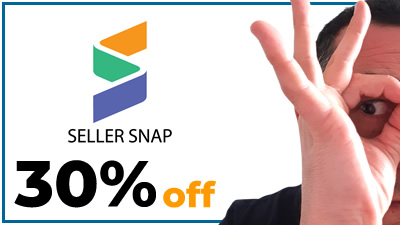

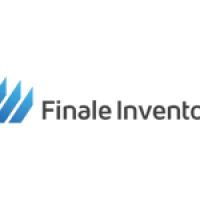


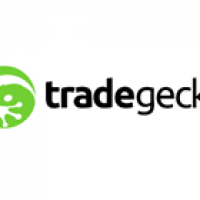


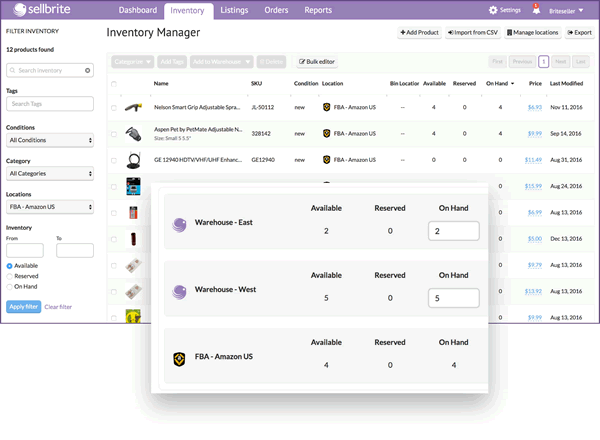
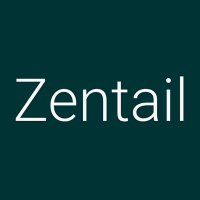
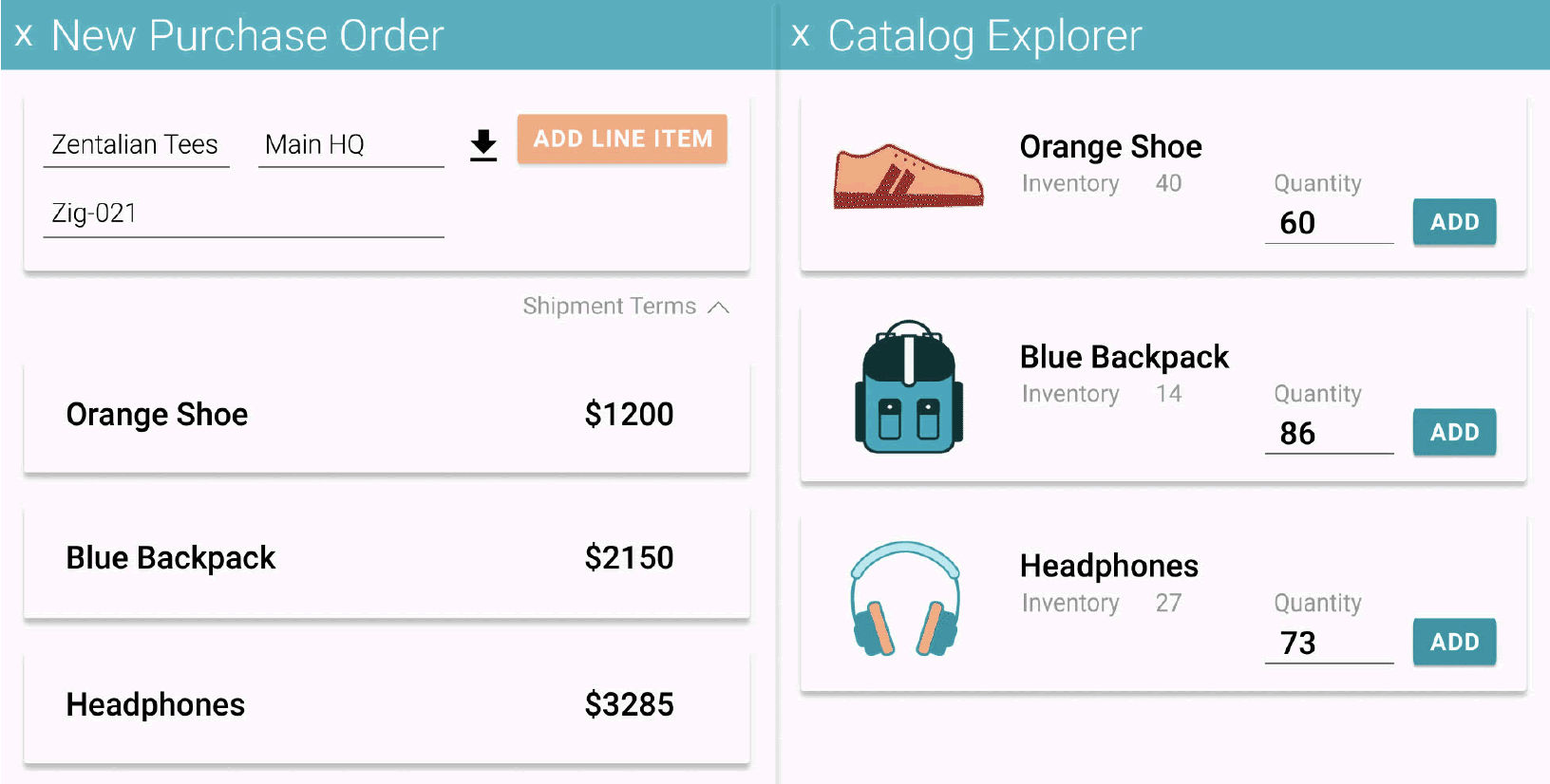
 All Amazon
All Amazon


